As autumn arrives and temperatures begin to drop, many homeowners start wondering: When should I stop watering my lawn before winter? It’s a common question—and an important one. Timing your final watering properly can make the difference between a lush, green lawn in spring and a patchy, brown one.
While it might seem harmless to stop watering once the weather cools, your grass still needs the right amount of moisture before it goes dormant. Stop too soon, and roots may dry out. Wait too long, and you could risk diseases caused by excess moisture and frost.
In this guide, lawn care experts explain exactly when to stop watering before winter, how to prepare your irrigation system, and how to protect your grass during the cold months for a strong comeback in spring.
Why Late-Season Watering Matters
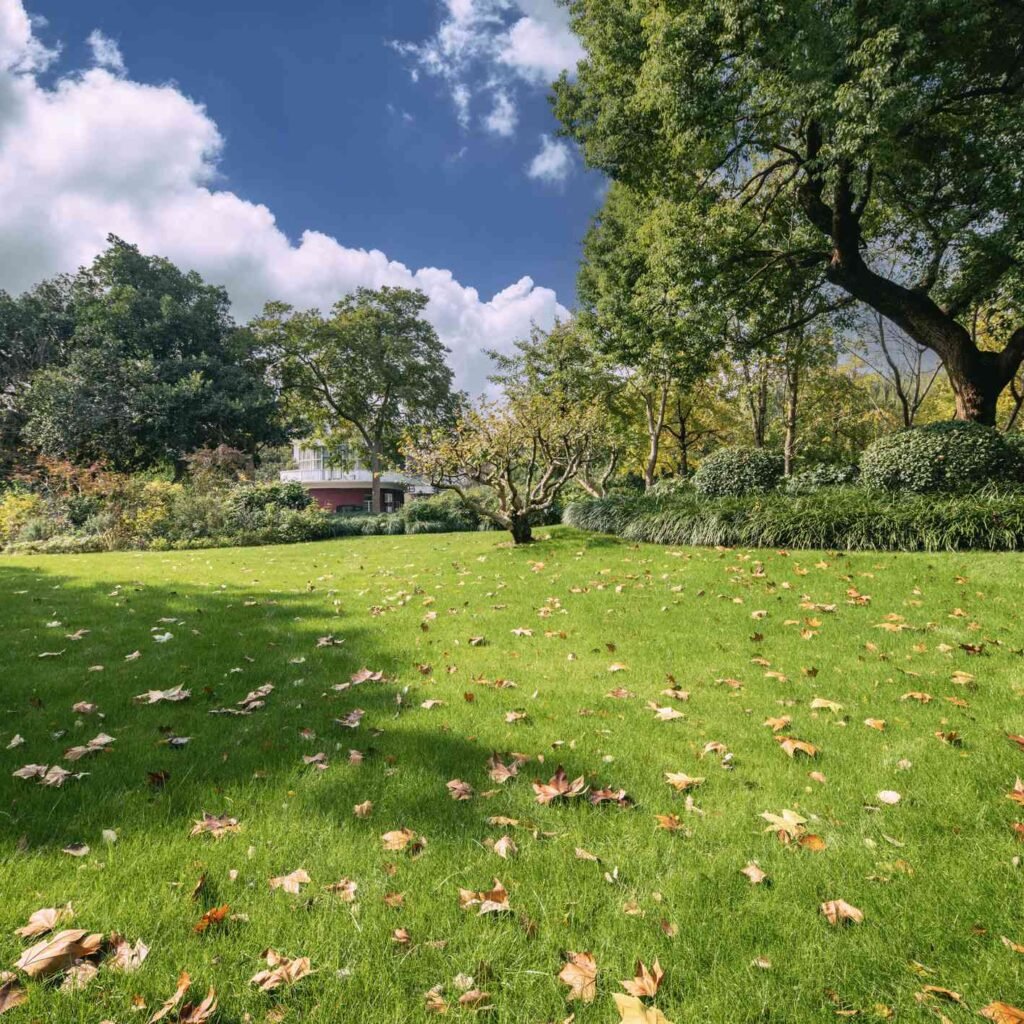
Before we dive into timing, it’s crucial to understand why watering in late fall is so important. Your grass may not look like it’s growing much above ground, but below the surface, roots are still active. During this period, they’re absorbing nutrients and strengthening before dormancy.
If your lawn goes into winter too dry, the roots can become dehydrated and vulnerable to frost damage. On the other hand, if it’s overwatered, the soil can become waterlogged and suffocate the roots when freezing temperatures arrive.
So, the goal is balance—ensuring your lawn has enough moisture to survive winter without being saturated.
1. Know Your Grass Type—Cool vs. Warm Season
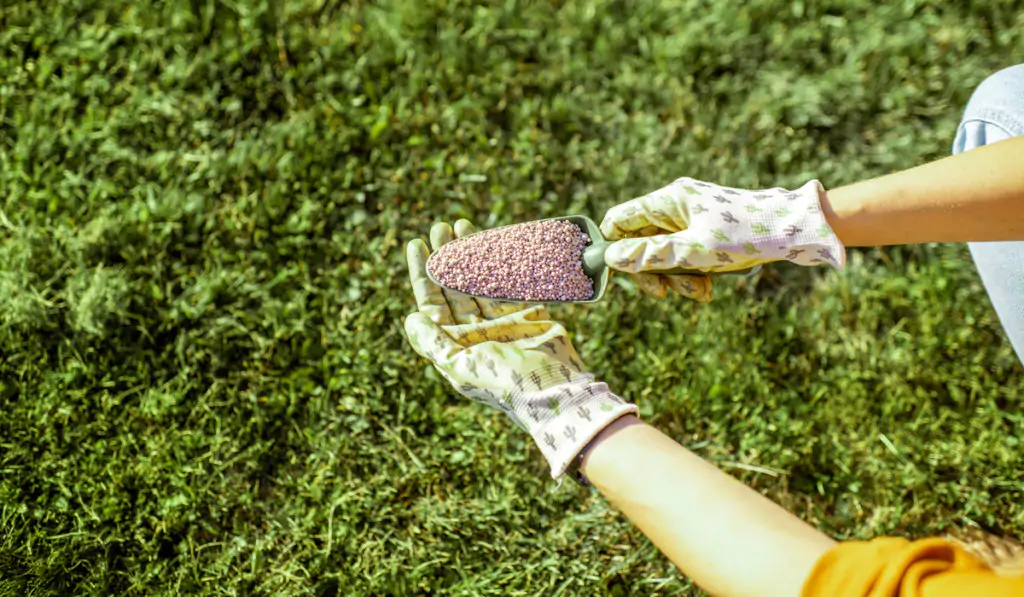
The ideal time to stop watering depends primarily on your grass type and local climate.
Cool-Season Grasses
These include fescue, ryegrass, Kentucky bluegrass, and bentgrass—common in northern climates. They grow most actively in spring and fall when temperatures are cooler.
- When to stop watering: Typically 2–3 weeks before the first hard frost.
- Why: These grasses need time to absorb water and nutrients before dormancy. Once soil temperatures consistently drop below 50°F (10°C), growth slows, and water needs decrease significantly.
Warm-Season Grasses
These include Bermuda, zoysia, St. Augustine, and centipede grass—common in southern or warmer regions.
- When to stop watering: When daytime temperatures drop consistently below 60°F (15°C).
- Why: Warm-season grasses enter dormancy earlier than cool-season types and don’t need much water during winter.
Expert Tip:
If you’re unsure of your grass type, look at its behavior. If your lawn stays green into fall and thrives in cooler temperatures, it’s likely a cool-season variety. If it starts to brown early in fall, it’s warm-season.
2. Watch Soil Temperature, Not Just Air Temperature
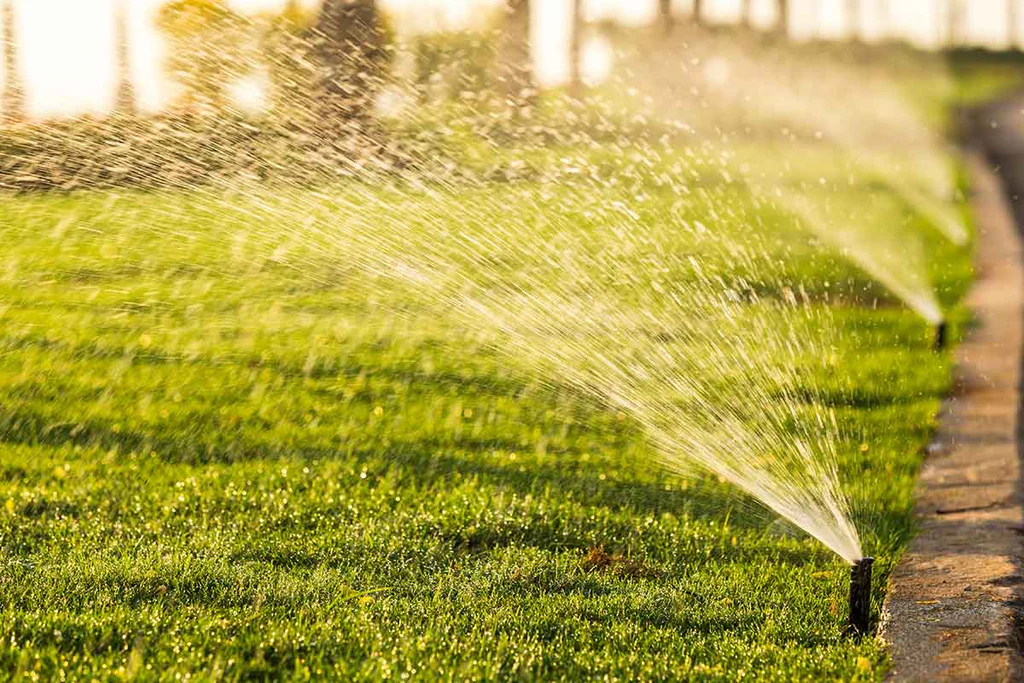
One of the biggest mistakes homeowners make is relying on air temperature alone. Instead, focus on soil temperature, which is a more accurate indicator of your lawn’s activity.
When the soil consistently remains below 50°F (10°C) at a depth of 4 inches, your grass roots have slowed enough to reduce watering. At this point, it’s safe to taper off irrigation gradually.
How to Check Soil Temperature:
- Use a soil thermometer (available at garden stores or online).
- Insert it 3–4 inches into the ground in several spots around your yard.
- Average the readings for accuracy.
If your soil holds steady below 50°F for about a week, it’s time to stop watering.
3. Observe Your Lawn’s Visual Cues
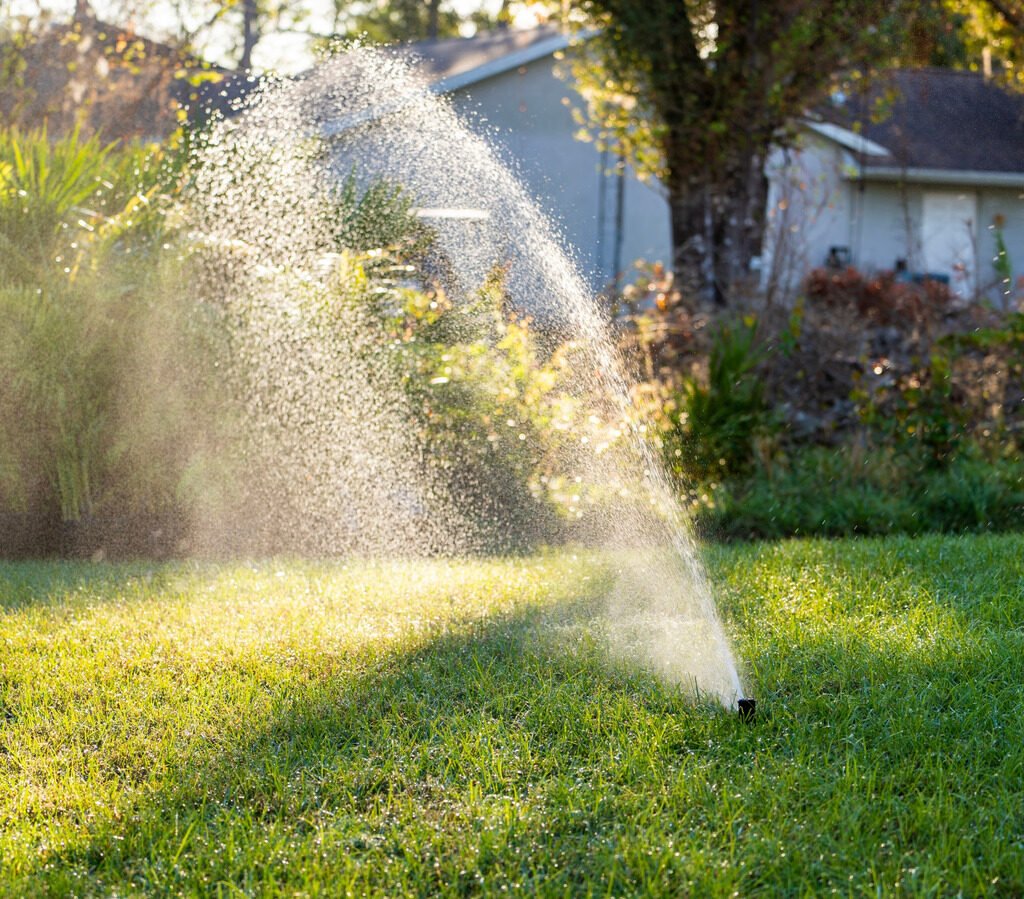
Even without tools, your lawn can tell you when it’s time to reduce watering. Look for these natural signs:
- Slower growth: If mowing frequency has dropped, the grass is preparing for dormancy.
- Cooler, shorter days: Less sunlight means reduced photosynthesis and lower water needs.
- Soil stays moist longer: If the ground remains damp 2–3 days after watering, it’s time to cut back.
- Morning frost appears: Regular frost on your lawn is a clear indicator that watering should soon stop.
Expert Insight:
Overwatering during this period can cause frost heaving, where freezing and thawing cycles push grass roots upward, making them more vulnerable to winter kill.
4. Adjust Watering Gradually—Don’t Stop Abruptly
It’s best to taper off watering rather than stopping suddenly. This helps your lawn transition naturally into dormancy.
A Gradual Reduction Schedule:
- 4–6 weeks before the first frost: Water deeply once a week to encourage root growth.
- 2–3 weeks before frost: Cut watering to once every 10–14 days.
- 1 week before frost: Give one last deep soak (about 1 inch of water) to ensure the roots are hydrated.
- After that, stop watering completely.
This final deep watering helps your lawn store moisture and withstand the dry winter air.
5. Check Your Irrigation System
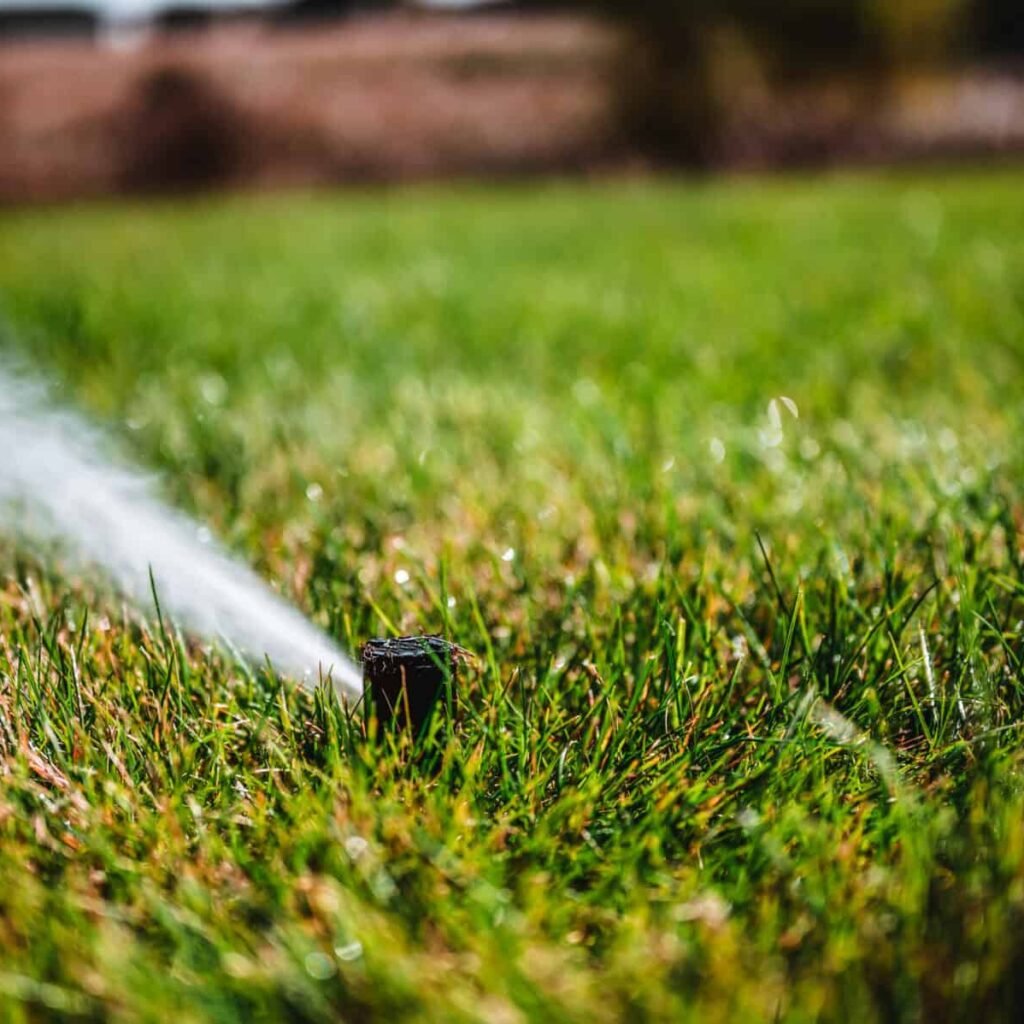
If you use sprinklers or an automatic irrigation system, fall is the time to prepare it for winterization. Failing to do so can lead to cracked pipes and costly repairs.
Steps to Winterize Your Irrigation System:
- Turn off the water supply to the system.
- Drain the lines—either manually, automatically, or with an air compressor blowout.
- Remove hoses from outdoor spigots and store them indoors.
- Insulate exposed pipes or faucets to prevent freezing.
- Check sprinkler heads for clogs or damage before shutting down completely.
Pro Tip:
If you’re unsure how to blow out your irrigation lines safely, hire a professional—compressed air can cause damage if not used correctly.
6. Don’t Forget About Newly Seeded Lawns
If you’ve recently overseeded or planted new grass in early fall, you’ll need to continue watering a bit longer. Newly germinated grass requires consistent moisture to establish roots before winter.
How to Manage It:
- Keep the top inch of soil moist until the grass reaches about 3 inches tall.
- Gradually reduce watering as temperatures drop.
- Stop watering once the new grass has been mowed twice and the soil starts to cool below 50°F.
Neglecting young lawns too early can result in weak roots and poor regrowth next spring.
7. Balance Watering With Rainfall
In many regions, fall brings more frequent rainfall, which naturally reduces your need for irrigation. However, don’t assume all rain is enough—light showers may not penetrate deeply.
Use a rain gauge or simply place a small container (like a tuna can) on your lawn to measure rainfall. Your grass needs about 1 inch of water per week (including rain) during active growth. Once the combination of rainfall and soil moisture meets that, you can safely reduce watering.
Expert Tip:
Avoid watering if the soil feels damp 1–2 inches below the surface. Overwatering in cool weather can invite mold and root rot.
8. Consider Your Region’s Climate
Your geographical location plays a major role in determining the ideal time to stop watering. Here’s a general guide:
| Region | Typical Time to Stop Watering |
|---|---|
| Northern U.S. & Canada | Late October to early November |
| Midwest | Mid to late October |
| Pacific Northwest | Early to mid-November (depending on rainfall) |
| Southern U.S. | Late November to early December |
| Mountain & High Plains | Early October |
Always adjust based on local weather patterns and soil conditions rather than strict calendar dates.
9. The Benefits of Proper Timing
Stopping watering at the right time doesn’t just protect your lawn—it sets you up for success next spring. Here’s how:
- Prevents winterkill: Proper hydration helps grass roots resist cold, dry air.
- Reduces fungal diseases: Drier soil in late fall discourages mold and mildew.
- Saves water and money: You avoid wasting resources when the lawn no longer needs it.
- Prepares for spring greening: Healthy, hydrated roots lead to faster recovery once temperatures rise.
10. Post-Watering Care for a Healthy Winter Lawn
After you stop watering, focus on these final fall maintenance steps to keep your lawn strong:
- Aerate the soil: Improves drainage and prevents compaction.
- Apply a fall fertilizer: Use a slow-release, nitrogen-rich formula to support root growth.
- Keep leaves off the lawn: Rake regularly to prevent smothering and mold.
- Mow one last time: Trim the grass to about 2.5 inches before winter.
Together, these steps ensure your lawn enters dormancy in peak condition and wakes up vibrant in spring.
Final Thoughts
Knowing when to stop watering your lawn before winter sets in is all about understanding your grass type, watching soil temperature, and responding to seasonal cues. A gradual reduction in watering—timed before the ground freezes—helps your lawn store enough moisture to endure the winter months.
Remember:
A well-prepared lawn in fall equals a beautiful, resilient lawn in spring.
So, as the leaves change color and frost begins to sparkle on the grass, don’t just pack up the hose and forget about your lawn. Give it the right care at the right time—and it will reward you with lush, green growth when warmer days return.
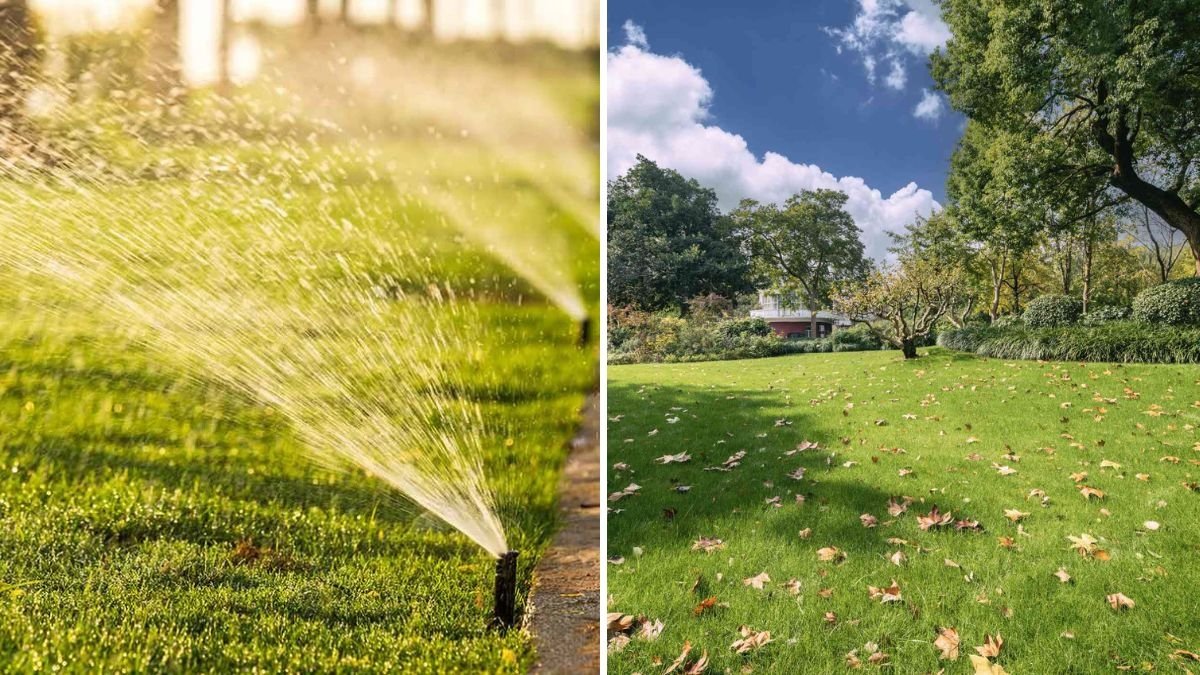




Leave A Comment